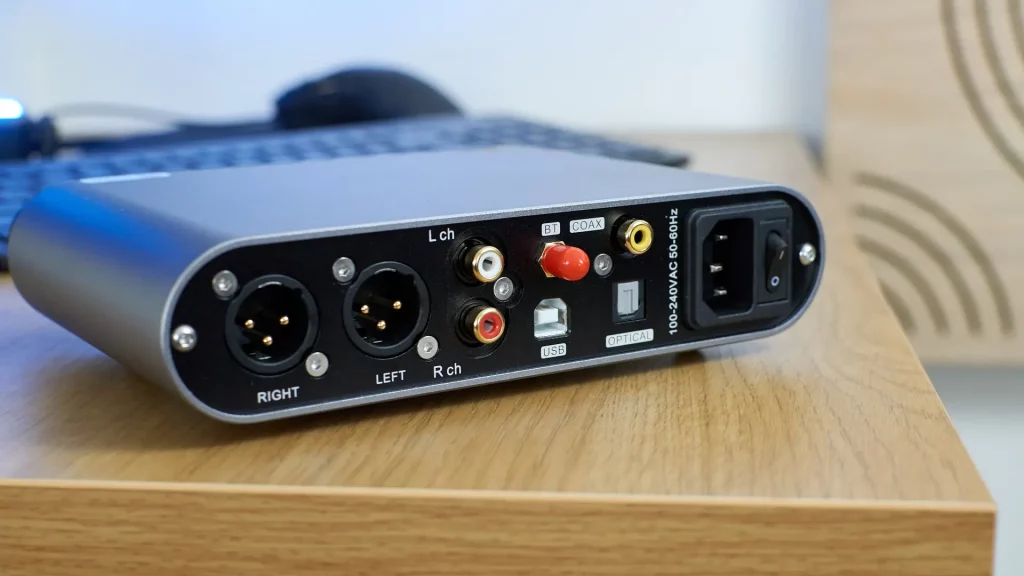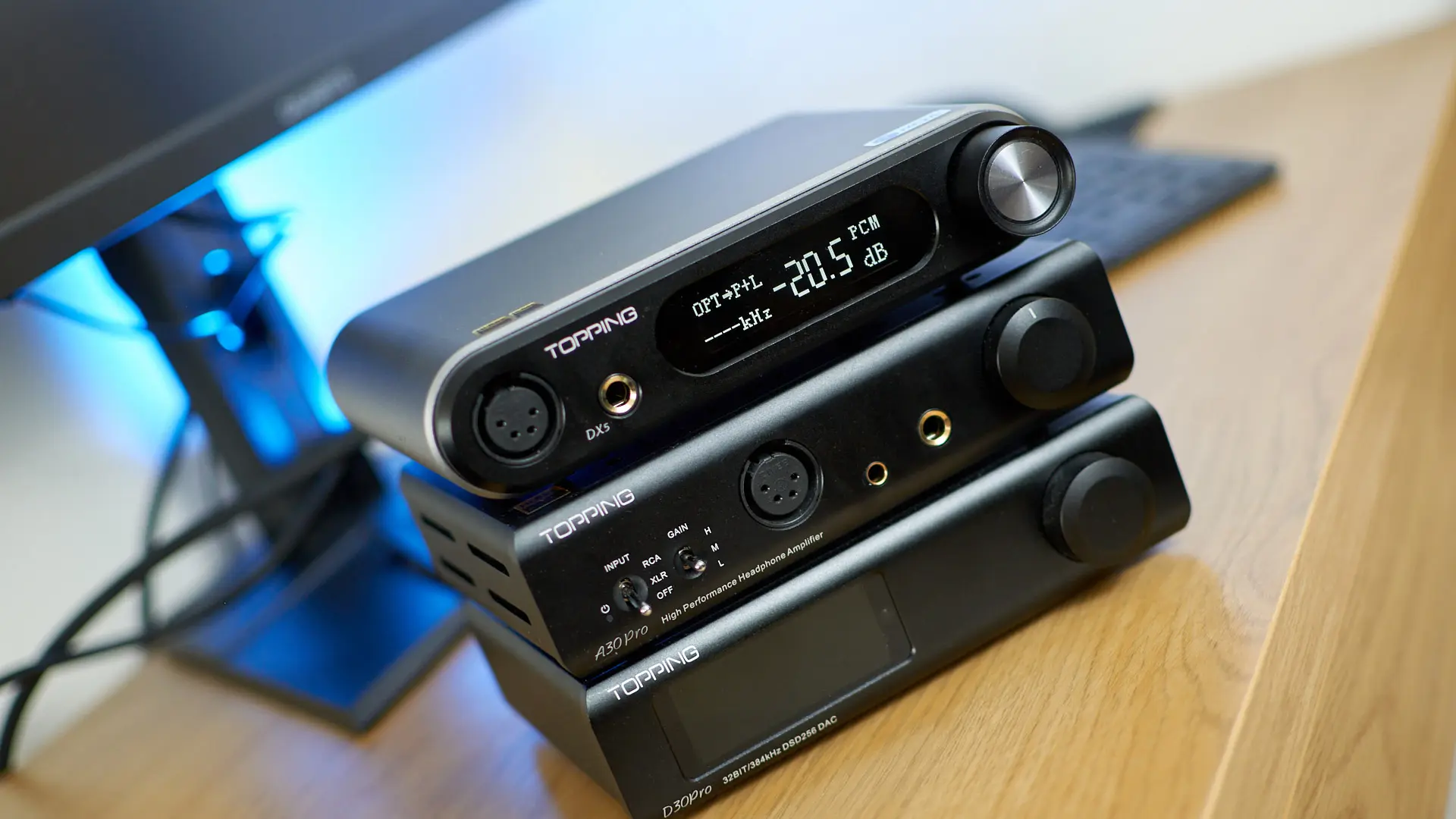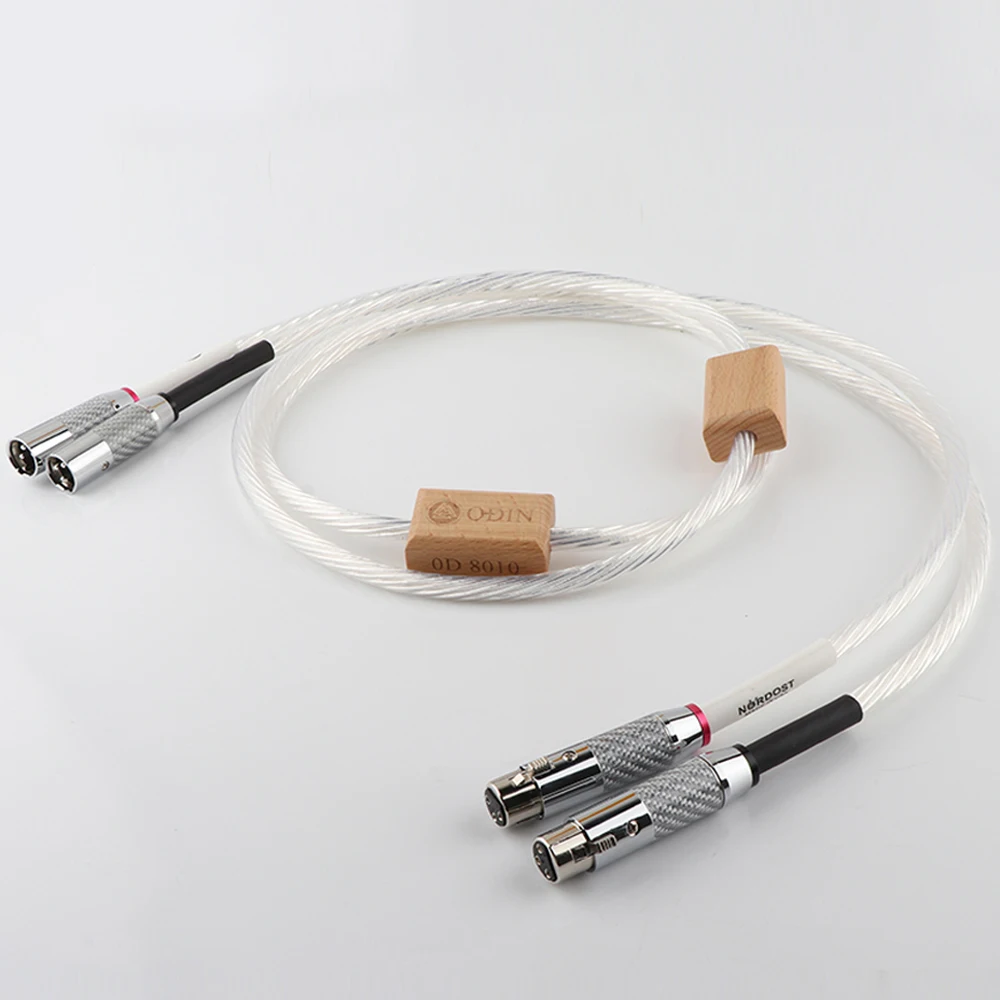Topping has not shown any signs of slowing down in presenting us with new models, and DX5 is their latest offering regarding the combined DAC and Head-Amp units. With the price tag of 449USD, DX5 could be classified as the midrange model in the Topping lineup. So without drawing this intro too much, let us dig in.
Features
DX5 is based around two Sabre ES9068AS DAC chips, which admittedly doesn’t say much on its own. When these are paired with the 2nd generation XMOSS XU216, we get the richest format support there is. I’m not going to throw a bunch of numbers in this section, but now that the highest resolution PCM and DSD formats are supported, for more info on it please look at the table below the review. Full hardware unfolding of the MQA files (advanced hi-res compression algorithm) is also present so Tidal users and rare buyers of MQA CDs can enjoy their collections in maximum quality.
When we’re talking about the headphone amplifier part of DX5, we’re talking about the well-known NFCA circuitry that Topping is really proud of. This section can deliver heaps of clean power that goes up to 2W per channel in the best-case scenario. So it is fair to say that no matter which headphones are connected to it, you’ll hardly ever going to miss the power.
Topping once again used mostly aluminum to build this device with quite polarising looks. And while I’ve heard others calling it less than pretty, I myself find it very slick looking and actually preferred it to your typical black box approach.

Connectivity
Connectivity is rich, so starting with the digital inputs, we can find SPDIF over RCA, Optical Toslink, and USB inputs. There is also Bluetooth onboard, enabling wireless connectivity, and all supported protocols can be found in the table at the end of the review. There are no analog inputs on DX5 so you can’t use it as a headphone amp only by adding an external DAC. On the other hand, the selection of analog outputs will hardly leave anyone wanting more. To start with the back panel, there are both single-ended RCA outs, as well as balanced XLRs. Both of these can be used in a fixed line output mode (2V for RCA and 4V for XLR) or in a preamp mode when you get to use signal attenuation. In the front of the unit, we find two headphone outputs, one is your typical single-ended 6.35mm where’s the other one is a 4-pin XLR that is once again single-ended. Yes, I didn’t make a typo here as the XLR connector is there only for convenience since there is no differential (balanced) circuitry in the head-amp itself.
Sound (Headphone Out)
I started my testing by using DX5 as an all-in-one solution, deploying its DAC section and the amplification section at the same time. I can immediately tell you that I was positively surprised by the sound coming out of this unit. There are plenty of details to be observed, but it was more than that. For starters, the sound is analytical in its nature but never to the point where it starts to appear artificially sharp or tiring. Tone edges are well defined to the point of sounding almost etched, but paired with a black background, this creates a very contrasty presentation. The separation of the instruments is top notch too, and DX5 can pinpoint things in the soundstage with clarity and precision that’s not easily found near this price point. Luckily, there is enough body and smoothness to the presentation to make DX5 pleasantly analytical.
The bassline is pleasantly deep and punchy, with great agility and control. No matter what music genres you play, DX5 will not let you down when it comes to speed and sense of rhythm. This however doesn’t make it sound dry, and there is even a healthy dose of midbass that lends a healthy dose of the body to the midrange, making vocals and instruments sound full and quite palpable. And while many DAC/AMPs sound full, while many also sound well defined and clear – it is rare that we find both of these traits so masterfully combined. When we do, like in the case of DX5, it makes for a very present, vivid, and engaging sound.
Finally, the power that this Topping has on paper is not there only for bragging. No matter if I used high impedance dynamic headphones or low impedance planars, DX5 offered great drive and kept firm control over any headphones. Even using very sensitive IEMs couldn’t provoke it to show any signs of background hiss or channel imbalance. So I am happy to conclude that this is a very skilled and versatile unit.
Sound (Line out)
Moving to the line out, or let’s say using the DAC section on its own, things are still pretty good. In a typical Topping fashion, detail retrieval is top-notch. The bassline is grippy and fast, and so is the midrange which can reveal plenty of details and tone texture. The timing of this DAC is impeccable, so there is no bloating in the bass or midbass, nor any sort of smearing in the higher regions. Highs are also crisp and well extended while avoiding sounding too bright or harsh in any way. But again in typical Topping fashion, those qualities are somewhat prioritized to full tone timbre, tipping the overall tonality more towards clear and lean.
The soundstage is as wide as you would expect from a Sabre DAC chip at this price point – nothing to complain about, but nothing to write home about either. Separation is really good and each instrument has its own place. That said, there is not much depth to talk about here as DX5 presents the soundstage in a fairly flat screen-like fashion.
Comparisons
Topping DX3 Pro+ is half the price of DX5 while on paper offering almost everything its bigger brother does. Compare them directly however and you’ll quickly notice that DX5 sounds bolder. Midbass is fuller and more substantial, and the same is true for the midrange. Because of this, all instruments and vocals have more body to them and sound more palpable and lifelike. DX3 Pro+ can match DX5 in terms of high-frequency detail retrieval, and it doesn’t lag behind in terms of drive and punchiness. But there’s just more meat on the bones with DX5 that makes it sound more tonally correct and more fluid.

SMSL M500 MKII is equally priced at $440 and comes with the same set of features, so the difference between these will boil down to the sonics. Talking about headphone output, M500 MKII is somewhat drier sounding and less dynamic too. DX5 once again sounds bolder in the midbass and midrange, while still offering a top-notch clarity of the edges and transients. There’s also a sense of the darker background with DX5 which makes the sound more contrasty. Finally, DX5 sounds a bit livelier with more pronounced dynamics.
Now moving to the line-out, M500 MKII is the one taking the lead with the fuller and bolder midrange. Instruments and vocals appear as if they’re more 3D and have more of the physical body. DX5 in a direct comparison sounds a touch more revealing when it comes to the midrange and high-frequency details, but it does sound spatially and dynamically flatter while doing it.
Topping D30 Pro / A30 Pro is a mighty good DAC/Amp combo that I have been using as my daily driver for some time now. D30 Pro as a DAC sounds warmer and fuller in the bass region but more laid back, some might even say retracted, in the midrange. DX5 is quicker and sharper sounding as a DAC. It also offers better instrument separation, but it does sound somewhat flatter if listened to over speakers. Using headphones, however, I find DX5 qualities more appealing.
Topping A30 Pro offers a bit warmer and fuller sound compared to DX5’s amplification section. There’s a sense of better drive too, but it’s noticeable only if you’re using a very demanding set of cans. Other than that, these two amps retrieve a similar level of detail, with a similar punch and overall liveliness.
Once you join D30 Pro and A30 Pro and compare it as a whole to the DX5 – it is a very close call. Separates will sound a touch warmer and fuller, but DX5 counters that with better clarity and darker background which makes for a more contrasty sound that I am very fond of. This is where personal preferences and headphones pairing will kick in, but I kept returning to DX5 for my listening sessions with Goldpanar GL2000 because this combination just made magic to my ears.
Conclusion
Topping DX5 is a very good and versatile device. It’s doing well as a DAC but can be bettered on that front by some competitors. Where DX5 really shines is with its headphone output. It is so good that after finishing the review process, I’ve just kept using it as my daily driver instead of the great D30 Pro/A30 Pro combination. As far as combined DAC/Amp units go, I have yet to hear anything better near its price.
CAUTION
After a few months of use, one morning my Topping DX5 was stuck in something that appeared to be a firmware update gone wrong. There was a message on the screen saying that the firmware is updating, and after some time it would say that the process failed. But the thing is that I have never even tried to perform a firmware update. A quick search of the web told me that this is a known issue that’s not user fixable and it has struck many users. If this happens to your unit, the only solution is to have it replaced. So if you decide on purchasing DX5, be sure to buy it from a reputable online store. I sincerely hope that this problem is already fixed in the newly produced units because Topping DX5 is otherwise a really desirable product.
| TOPPING DX5 – CHARACTERISTICS |
|
Input: USB / Optical / Coaxial / Bluetooth |




